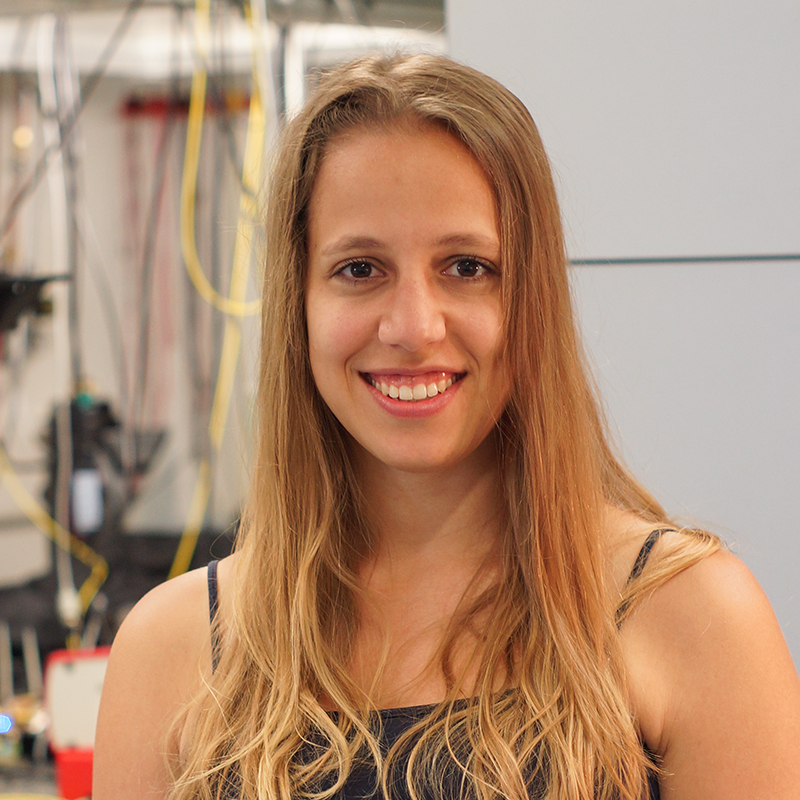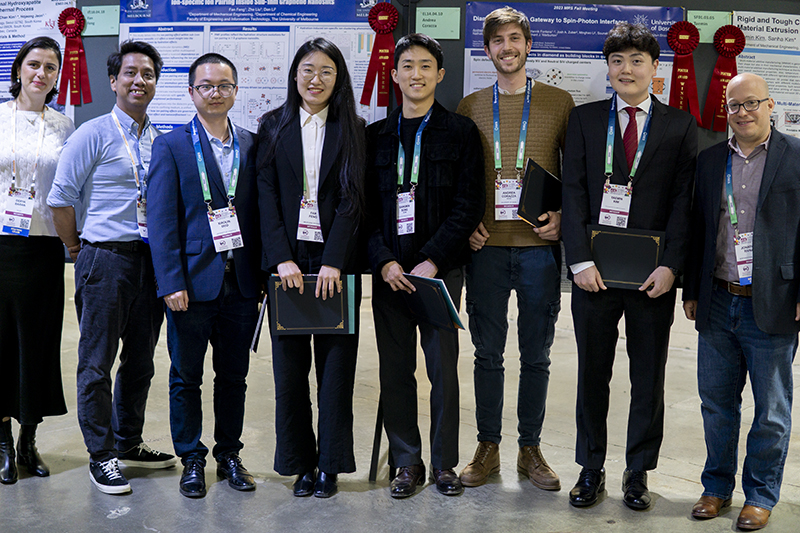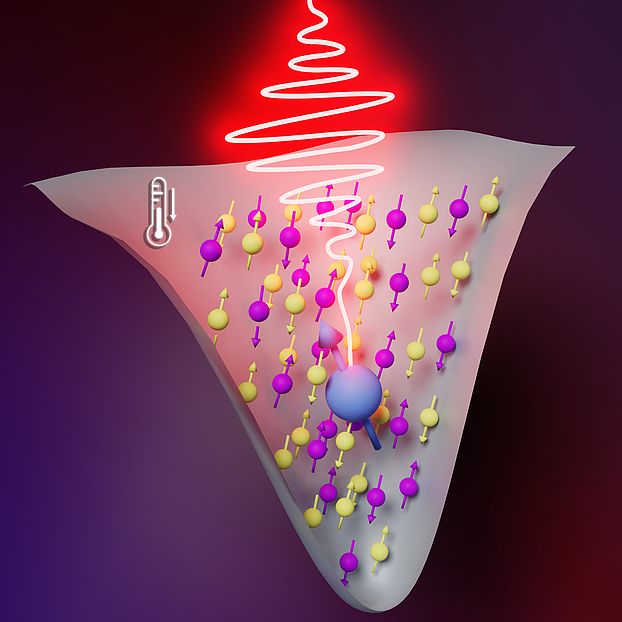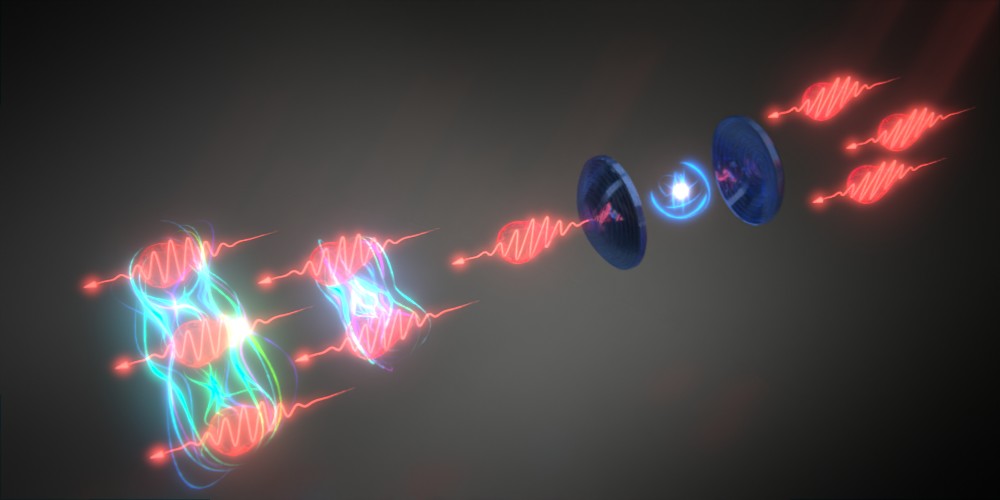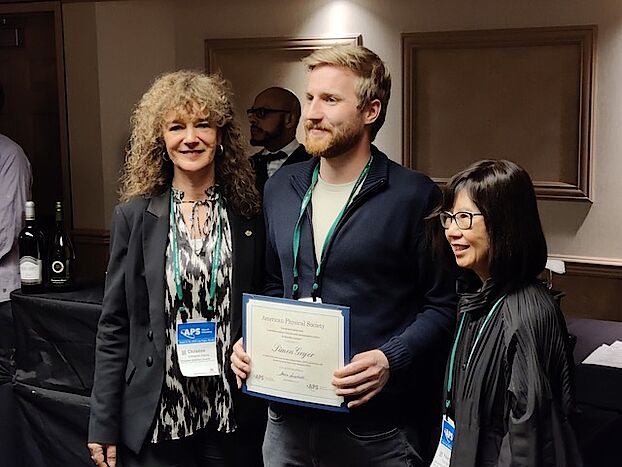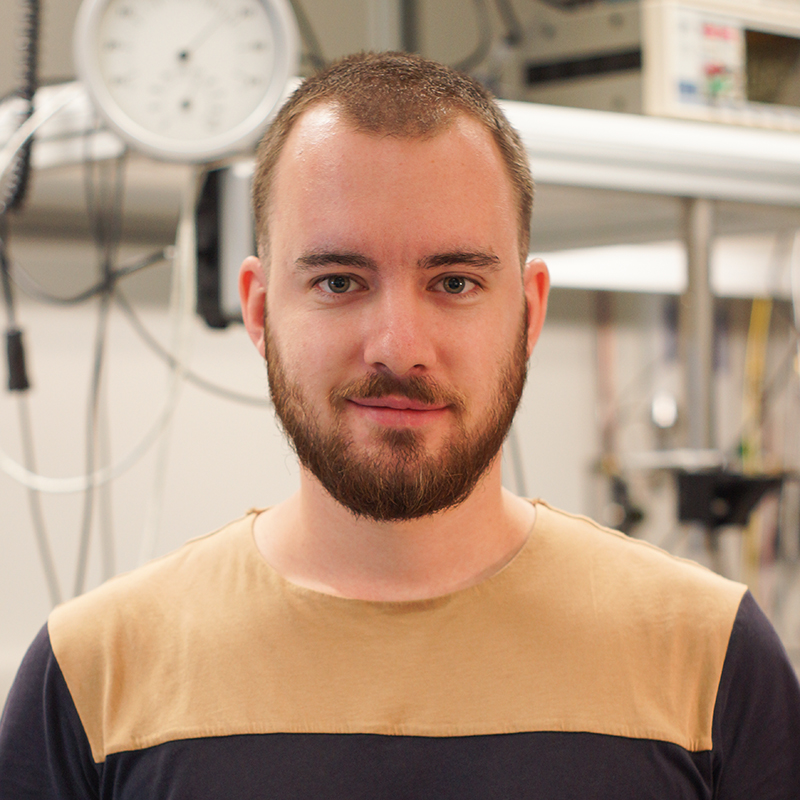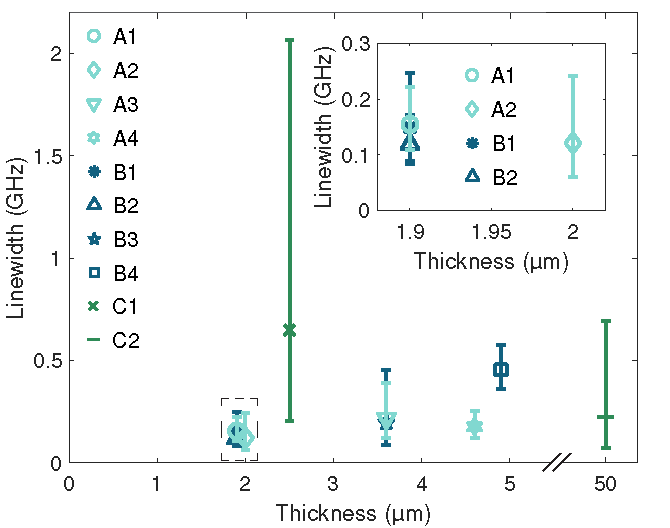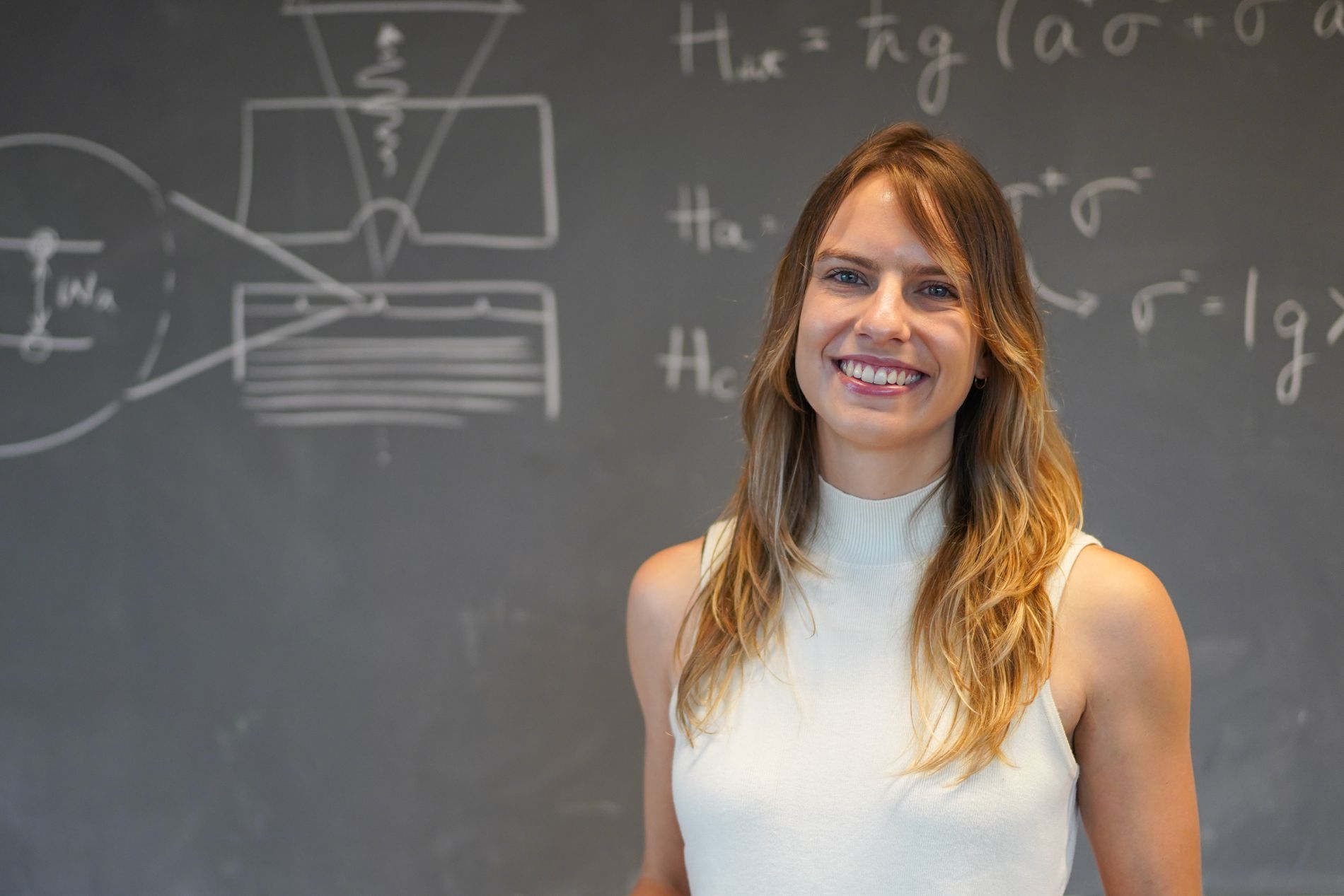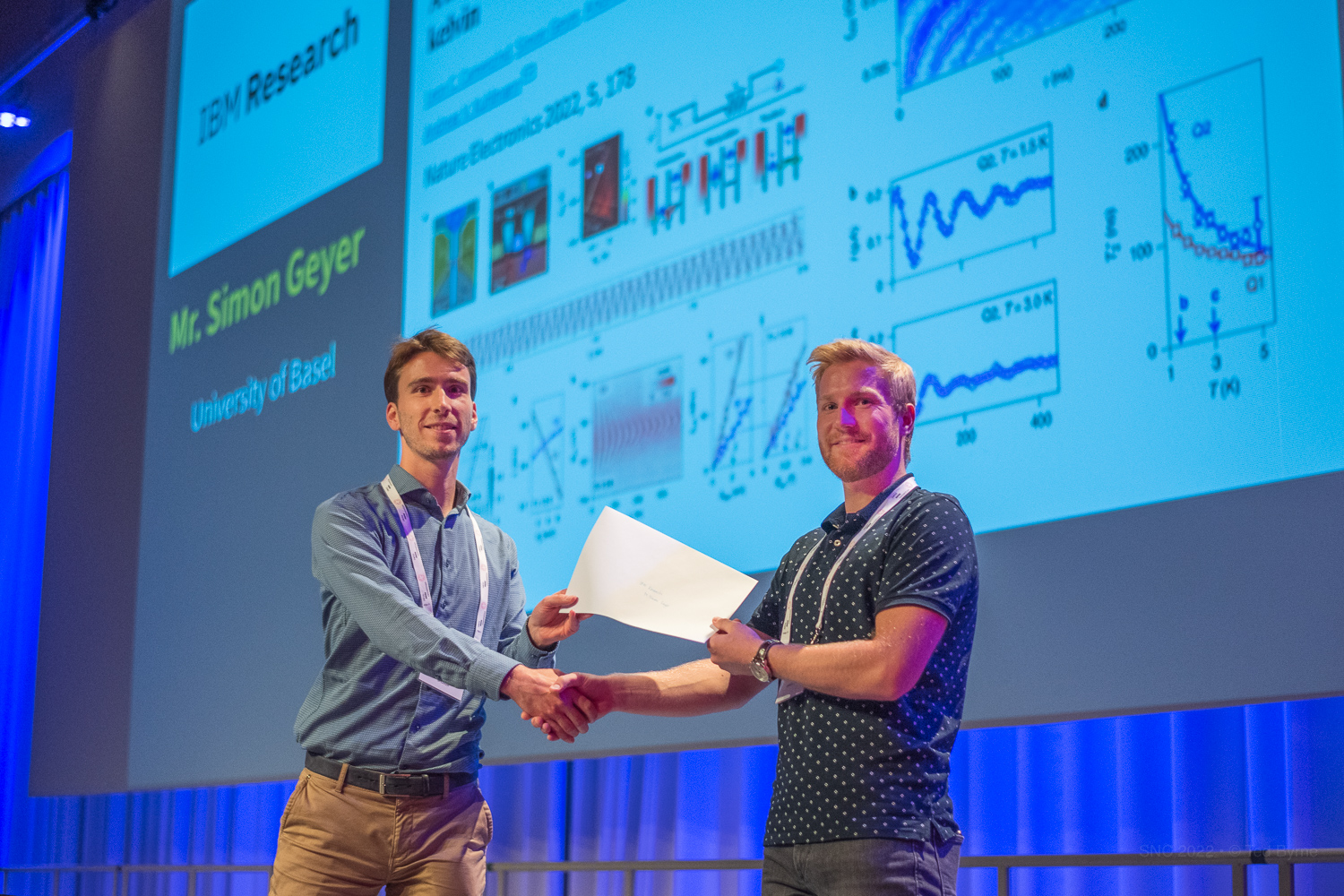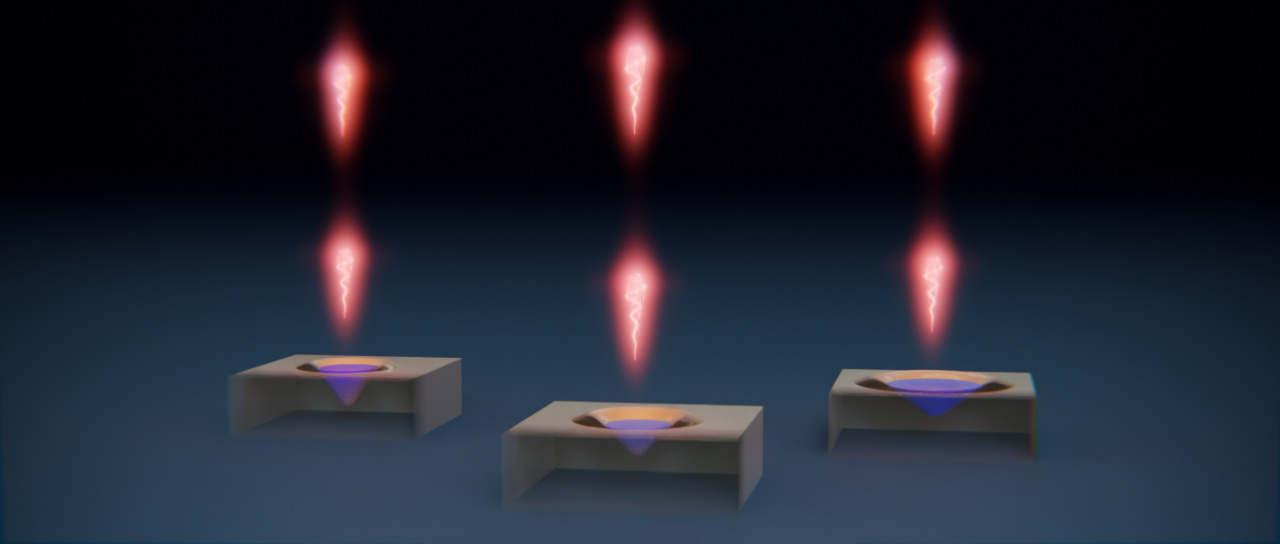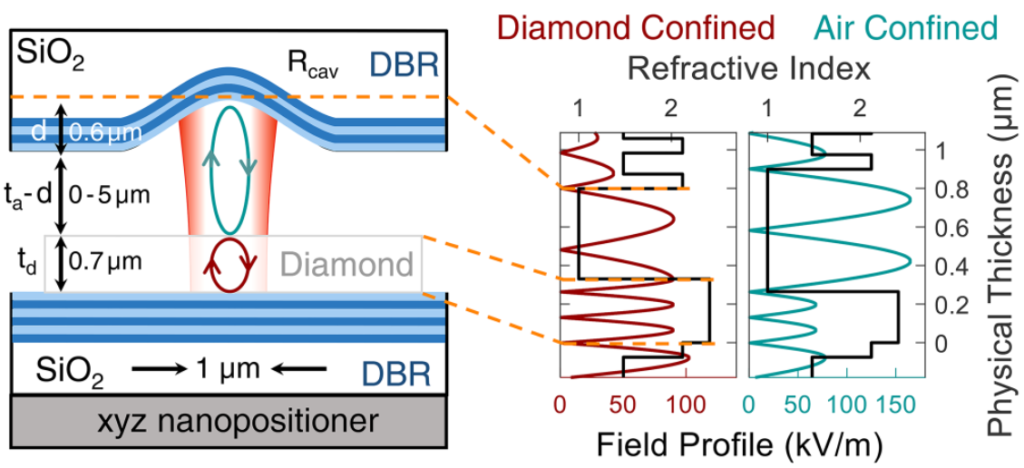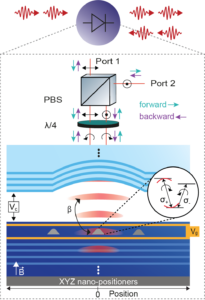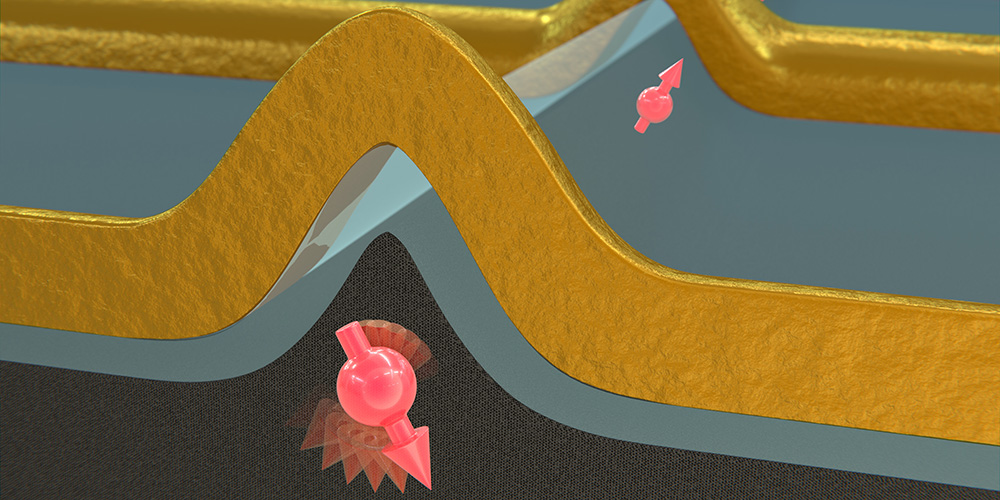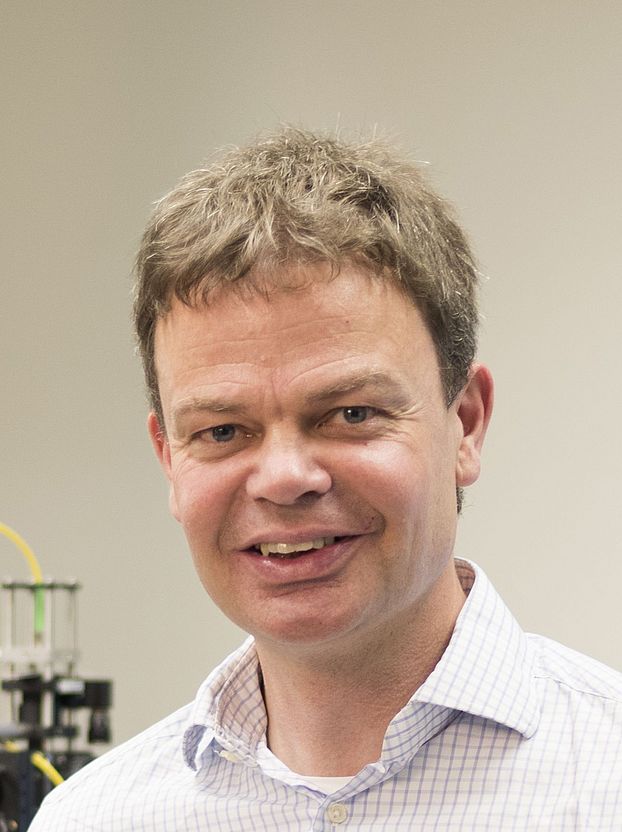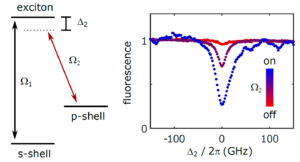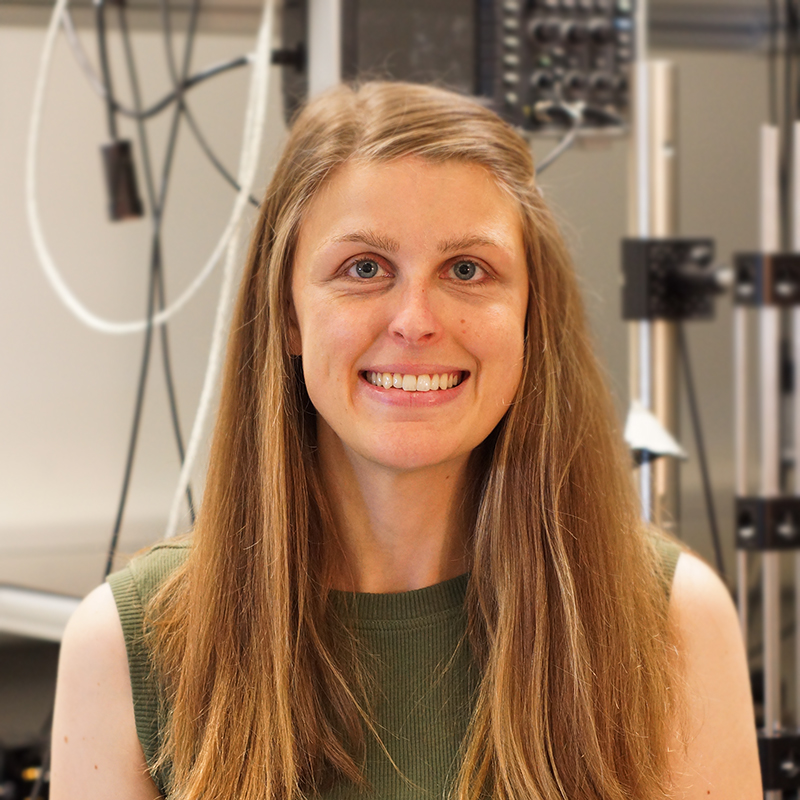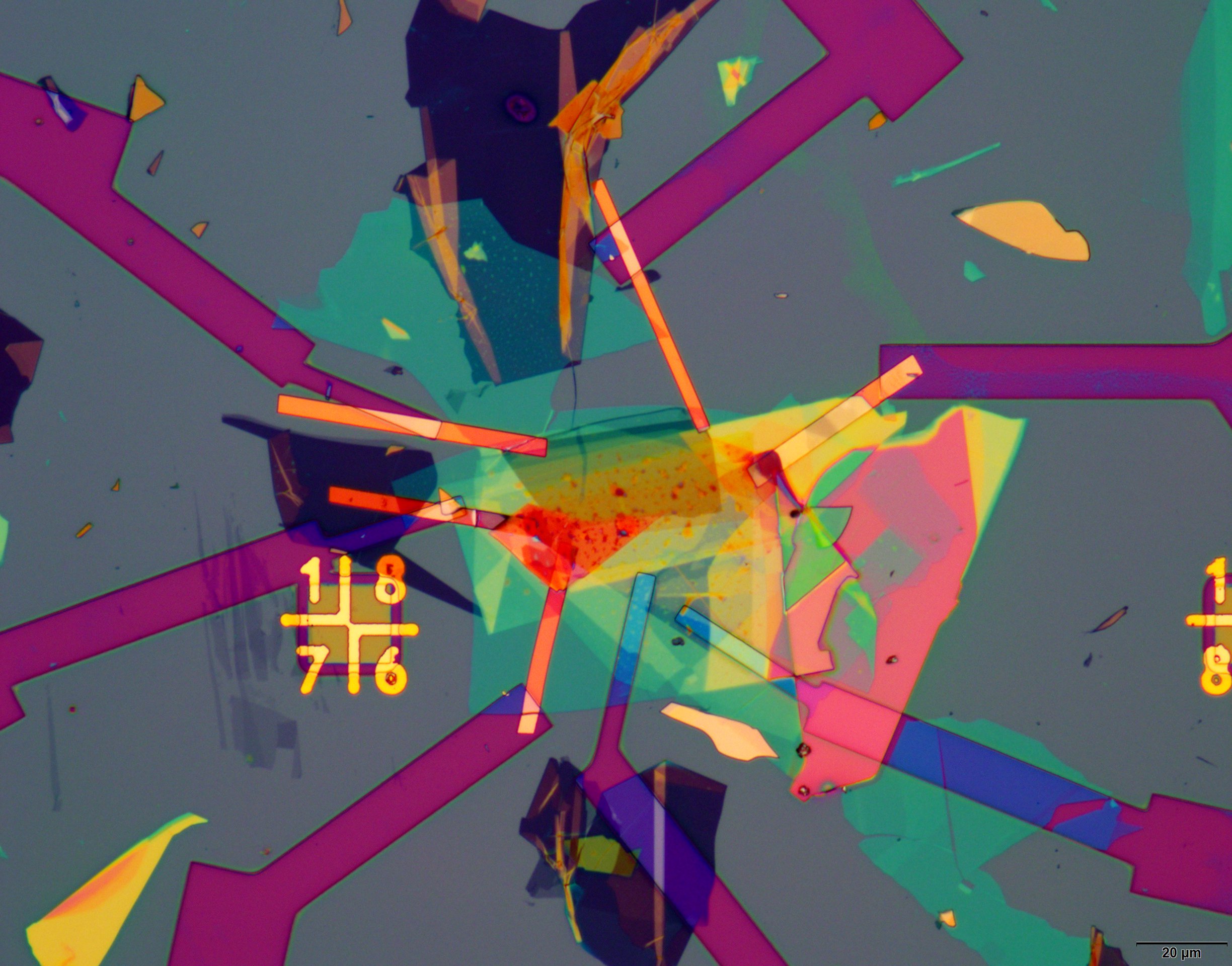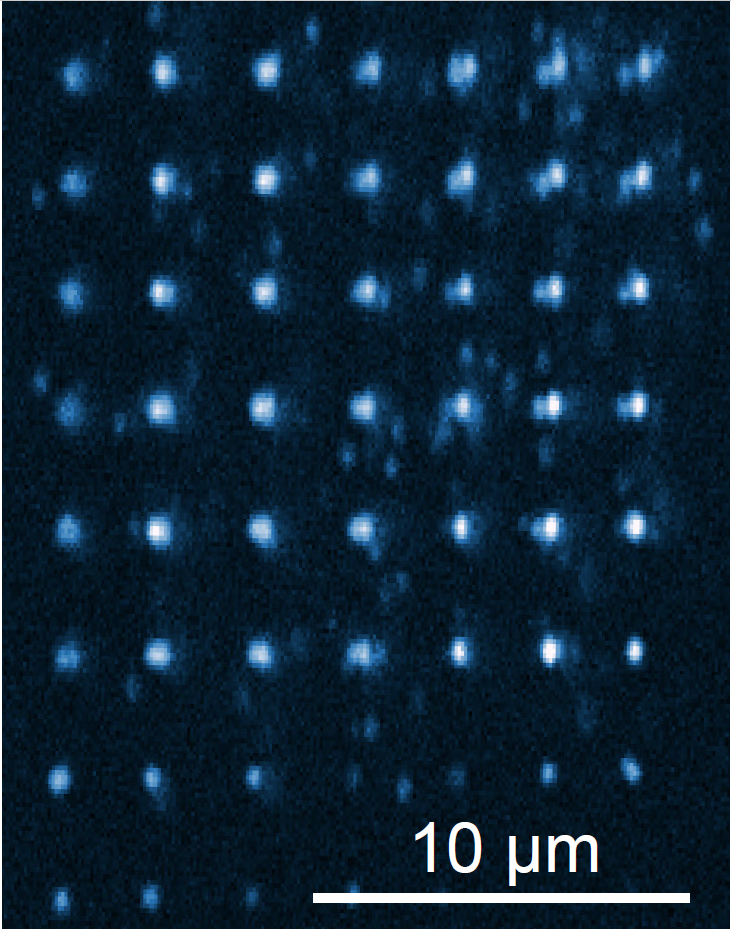Nam Nguyen and Nadia Antoniadis both receive the QCQT Excellence Award 2023. Nam got it in recognition of his outstanding work in the publications “Enhanced Electron-Spin Coherence in a GaAs Quantum Emitter” published in PRL and “Quantum interference of identical photons from remote GaAs quantum dots” published in Nat. Nanotechnol. Nadia got the price for her outstanding work in “Cavity-enhanced single-shot readout of a quantum dot spin within 3 nanoseconds” published in Nat. Commun. and “A chiral one-dimensional atom using a quantum dot in an open microcavity” published in npj Quantum Inf. Congratulations!!

